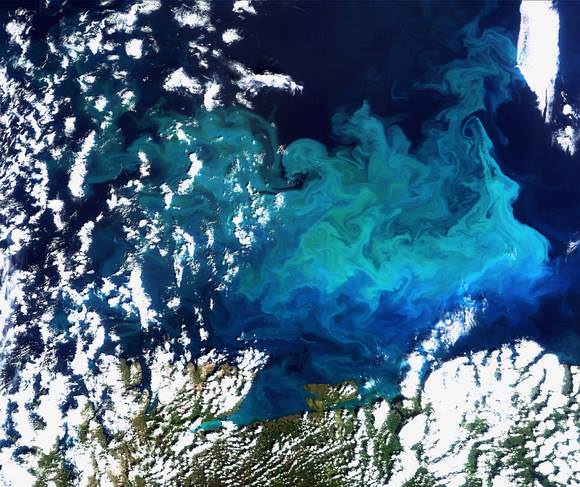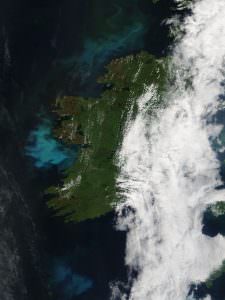
Phytoplankton – Did you know?
The spring bloom is a strong increase in phytoplankton abundance (i.e. stock) that typically occurs in the early spring and lasts until late spring or early summer?
This seasonal event is characteristic of temperate North Atlantic, sub-polar, and coastal waters, Phytoplankton are tiny single-cell creatures that live deep in the ocean and are responsible for creating over 90 percent of the earth’s oxygen supply – far more than all the forests on the earth combined!
These massive blooms can spread so far that they can only be seen from space. These algal blooms create beautiful patterns that can stretch for hundreds of miles and trace the ocean’s swirling currents.
These micro-organisms are responsible for creating planet Earth’s atmosphere and allowing ocean life to flourish, also play a large role in reducing carbon dioxide levels, marine phytoplankton is a micro-algae that can be compared to other nutritional algae like spirulina and chlorella, but phytoplankton may well be even more potent and amazing! They generate living energy via photosynthesis, which is the process of converting sunlight and carbon dioxide into vital nutrients and energy because these organisms are the very basis of life on this planet, it only makes sense to investigate the unique health benefits provided by them.
The large, beautiful bloom pictured above off the coast of Ireland on May 22, 2010 was captured by the Moderate Resolution Imaging

Phytoplankton bloom Ireland 2010
Spectroradiometer (MODIS) on NASA’s Terra satellite. The phytoplankton may have benefited from iron and nutrients in the ash dumped onto the ocean surface for weeks by Iceland’s Eyjafjallajökull Volcano.
Previously, scientists found that the 2008 eruption of the Kasotochi Volcano in the Aleutian Islands fertilized the ocean and caused a huge phytoplankton bloom in the northern Pacific Ocean.
These communities generate living energy via photosynthesis, which is the process of converting sunlight and carbon dioxide into vital nutrients and energy and are the very basis of life on this planet, it only makes sense to investigate the unique health benefits provided by them. Scientific research suggests that these nomadic microorganisms also hold a wealth of health advantages for the human race.










